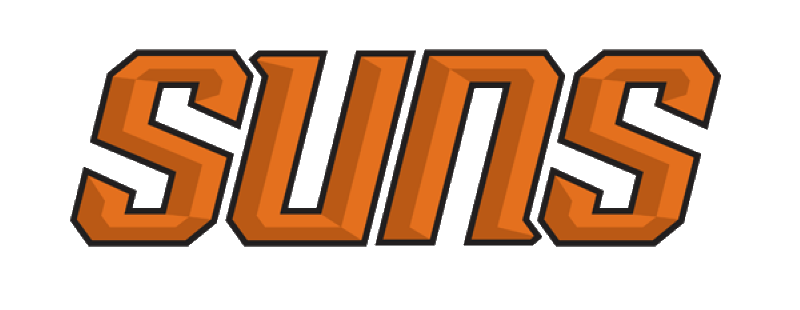Straight bets are the most common bets available for sports bettors. They are bets where you put your money on one of two teams to win a game. The most common version of the straight bet is the point spread bet, which factors how much a team is expected to win by into the process.
With a point spread bet, the favorite has to “give†points to the underdog and is predicted to win by that amount. If you bet on the favorite, they have to win by a larger margin than the point spread in order for you to win the bet. On the other hand, you’ll “get†the points if you bet on the underdog, meaning that you win if they lose by less than the spread or win outright.
In straight bets using point spreads, the favorite is noted with a minus sign and the underdog with a plus sign, indicating which team is getting or receiving points. So if a football team is a -3.5 favorite, that means they need to win by at least four points in order for bettors who wagered on them to win their bet. In this scenario, the other team is a +3.5 underdog and any bet on them wins if they keep the game within three points or happen to win the game straight up. If the final score of a game is exactly the spread, it’s considered a “push†and all bets are returned.
Straight bets are so popular because they are easy to understand. Because they are “straight†bets, the payout is the same regardless of which team you bet on. Straight bets using the point spread are at odds of 11-to-10, meaning you are asked to risk $11 to win $10. This is how the sportsbooks make their money. If one person bets $11 to win 10 on Team A -3.5 points and another bets $11 to win $10 on Team B +3.5 the sportsbook will collect $22, but only return $21 to the winning bettor. The remaining $1 is profit for the sportsbook. A bettor will need to win 52.38% of their straight point spread bets to break even.



